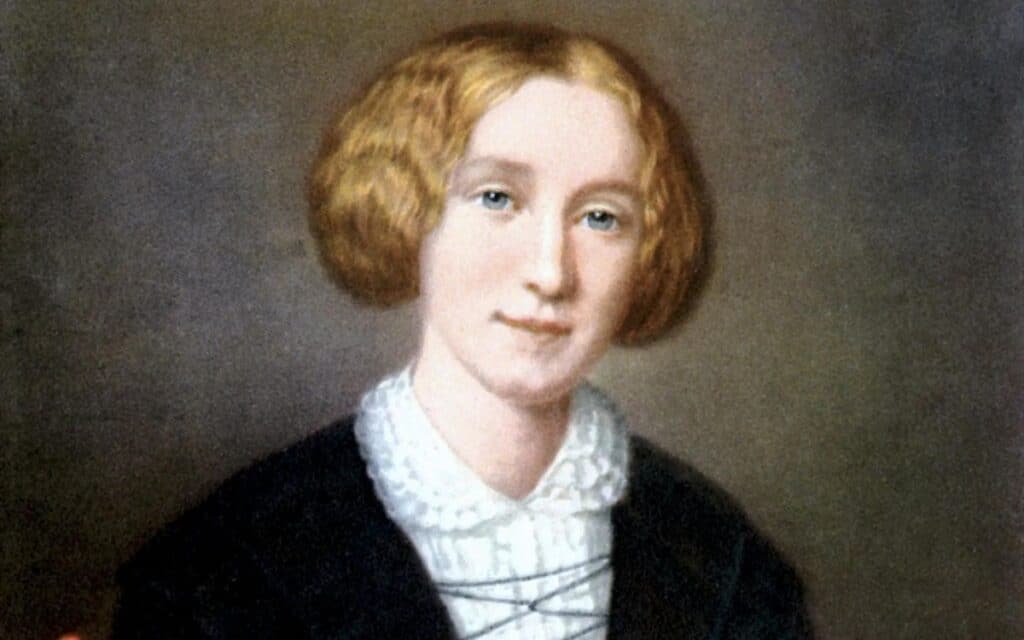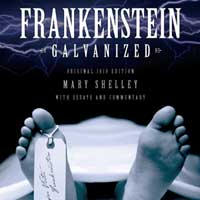HOWARD JACKSON looks at the one attempt by the literary giant George Elliot to write Gothic Horror.

Not everybody believes in ghosts but most who do not are happy to ignore the empirical evidence for now.
‘The Lifted Veil’ offers a persuasive view of life after death.
The briefly resurrected Mrs Archer is trapped in frustration and rage and we never really know why.
When the dead reappear they explain nothing.
‘The Lifted Veil’ is a ghost story for those who want the supernatural without the ghost.
Thanks to a scientific experiment, which owes something to ‘Frankenstein’, existence is transcended but it is brief and although revelatory only temporary.
When Eliot submitted ‘The Lifted Veil’ to Blackwoods Magazine in 1859 the editor concluded that the author must have been ‘in an unhappy frame of mind’.
The hero, Latimer, is a gloomy soul whose poetical sensibility is weakened not strengthened by his gift of mesmerism.
Able to imagine cities out of his sight and read the thoughts of others he is condemned to misanthropy and self-hatred.
Despite the horror plot, we have the normal concerns of Eliot.
Human beings are deluded and blind and muted by self-interest.
Indeed, when read today it is easy to be hesitant and withhold judgement about the characters.
The ending makes clear that Bertha is not a George Eliot hero.
But while Latimer embodies the angst of the sensitive artist there comes a point in the story when the modern reader wonders who really represents Eliot.
Latimer has exceptional insight that explains the detachment of the creative but villainous Bertha is shrewd, intelligent, witty and not deceived by sentimentality.
Eliot, though, was not conforming to her own aesthetic interests. ‘The Lifted Veil’ demonstrates a willingness to embrace melodrama.
The story may be beautifully written but the opening where Latimer describes the death that he has seen in his vision for some time is worthy of any author with pulp aspirations.
‘Just as I am watching a tongue of blue flame rising in the fire, and my lamp is burning low, the horrible contractions will begin at my chest.’
And there is more. Even the servants downstairs are behaving badly.
Most important to fans of Victorian horror is how the story is drawn to the theme of the double, the ‘double consciousness’ that Latimer possesses and that obsessed the Victorian imagination.
This was the era when clairvoyants or mesmerists undertook international tours. Industrialisation had sharpened the difference between society and nature, and hypnotism convinced Victorians not only of the double identity of the hypnotist but the hidden personalities waiting for him to discover.
Maybe the slavish devotion to grim marriages required for Victorian stability also offered reminders about the double consciousness. Marriage lifts the veil as well as anything.
‘The Lifted Veil’ is a dark tale.
The paedophiles are not sexual but the willingness of adults to make casual decisions about the fate of their children also constitutes sinister abuse.
Latimer resists being the ‘improved man’ his father desires.
The tragedy does not need a ghost, mesmerism and scientific diabolism but just in case horror fans are tempted to pass on the great English novelist it is all there.
HOWARD JACKSON is the author of Treat Me Nice Elvis, his music and the Frankenstein Creature. He is also one of the contributors to Frankenstein Galvanized which is edited by Claire Bazin. Treat Me Nice and Frankenstein Galvanized are published by Red Rattle Books, which can be followed on Twitter here.


